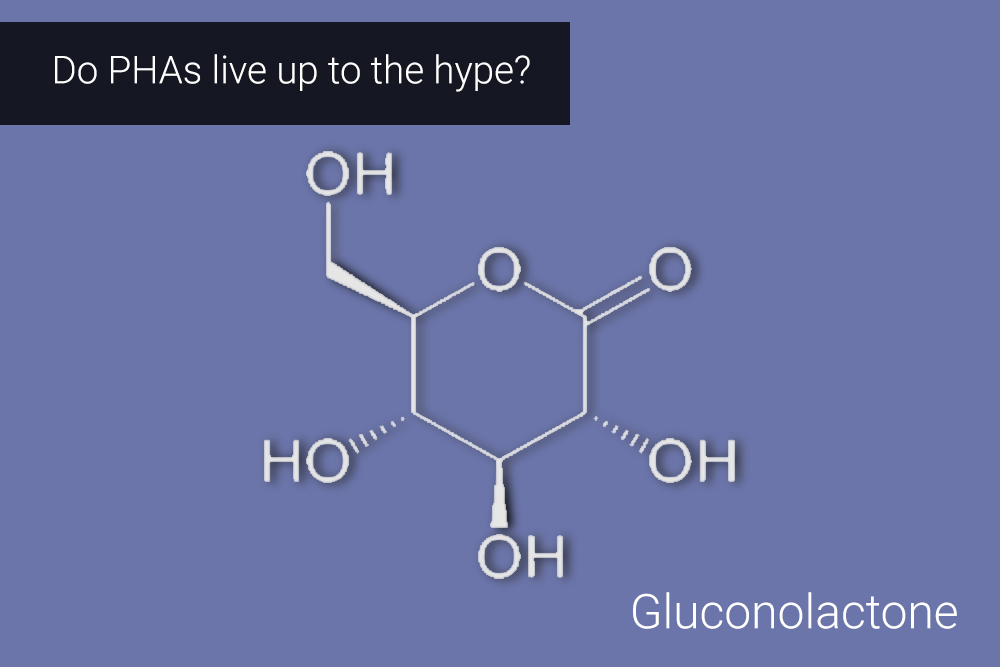A recent Allure article highlighted a trending group of skin-care ingredients – polyhydroxy acids or PHAs. The article says PHAs are thought to be more tolerable than other chemical exfoliants.
How should you respond if a patient asks about using skin care products with PHAs?
For an expert opinion, I consulted dermatologist Cheryl Burgess, MD, FAAD. She is medical director of the Center for Dermatology in Washington, D.C., and an assistant clinical professor of dermatology at Georgetown University, Washington, D.C.
Do PHAs live up to the hype? Is there scientific evidence to support their efficacy?
PHAs or polyhydroxy acids are chemical peeling agents with neutral pH (pH 7) whereas alpha hydroxy acids are generally in the acidic range of pH 3.5. The neutral pH is significant in decreasing the irritation, stinging and burning one often experiences when the chemical peel is applied to the skin. Therefore, PHAs are often included in classified chemical peels for sensitive skin. The mechanism of the larger chemical molecule slows the penetration of the acid, thus making it less irritating. Polyhydroxy acids also act as a humectant for moisturization and are a source for antioxidants.
Which patients would benefit the most from using PHAs?
Sensitive skin individuals, patients with eczema, and drier skin types.
How should a dermatologist counsel a patient who asks about using products with PHAs?
Dermatologists now have an option for their sensitive skin patients who are interested in chemical peels but would not have been able to tolerate peels with AHAs or BHAs. A test spot can be conducted behind the ear to determine if a patient is suitable for the peel.
Did you enjoy this post? Check out another Patient Buzz or more content on Aesthetic Derm.

